 Continuing with the Group Fitness Class of the Month series, December is upon us and we are highlighting a new class. Hopefully you had the opportunity in November to do a BODYATTACK class. This month we take a closer look at another group fitness class: PiYo. This Beachbody class has been on the schedule for a good chunk of time now, but in case you don’t know what it is or haven’t taken the opportunity to try it, let’s pick it apart a little bit.
Continuing with the Group Fitness Class of the Month series, December is upon us and we are highlighting a new class. Hopefully you had the opportunity in November to do a BODYATTACK class. This month we take a closer look at another group fitness class: PiYo. This Beachbody class has been on the schedule for a good chunk of time now, but in case you don’t know what it is or haven’t taken the opportunity to try it, let’s pick it apart a little bit.
A Low-Impact, Fat-Burning Fitness Class
Now, stepping into an even smaller group fitness studio can also be very intimidating, I know, but the faster-paced movements and music in PiYo will hopefully diminish some of those feelings. And for those of you (this was me at one point as well) who feel this is just another stretching class…think again! PiYo takes the muscle-sculpting, core-tightening movements from Pilates and the strength and flexibility benefits of yoga and ties them into one class. Talk about a great combination! And with the ramped-up speed of the different movements, this class includes fat-burning, low-impact movements to help you see results.
My Experience with This Workout
I personally have done a PiYo class to see what it was all about, and allow me to share my experience. I started out with the mindset of this is “just another stretching class,” like I talked about above. Within just a few minutes, I quickly learned I was mistaken. The class moved much faster than I had anticipated, and the movements were quite challenging. I would consider myself to be an active, decently fit individual, with a good amount of flexibility and strength. But some of the moves in PiYo really challenged the flexibility and mobility of my body. And I could see how over time, taking this class would allow a person to actually see measurable results in those two areas.
 PiYo at NIFS
PiYo at NIFS
NIFS offers two different kinds of PiYo on our group fitness schedule. PiYo Strength focuses on agility, dance conditioning, athletic training, core conditioning, balance, flexibility, and so much more. Many athletes benefit from this format because of its flexibility, and using the body as full-body resistance. This is a fusion format that moves quickly and powerfully, and creates strength from the transverse abs out. We also offer Pilates/Yoga Fusion, which is a unique class designed to build strength, balance, agility, and flexibility. The moves fit perfectly together to form a class filled with intense choreography that's fun and challenging and will make you sweat. It is a perfect blend of Pilates, yoga, sports stretch, dance stretch, athletics, and more. Don't worry, no previous experience is necessary!
Watch PIYO workout Video
This blog shows what another NIFS Health Fitness Specialist has to say about PiYo. Take some time to try a PiYo class and see what you think!
This blog was written by Amanda Bireline, Fitness Center Manager. To find out more about the NIFS bloggers, click here.


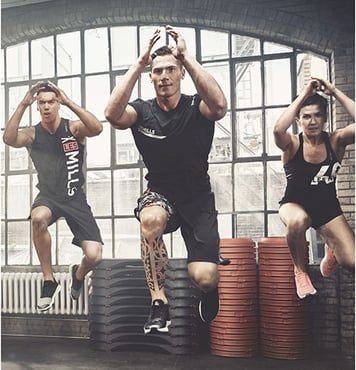


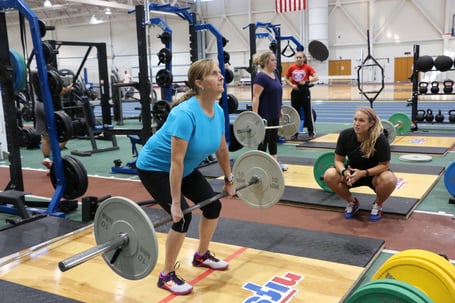 Periodization
Periodization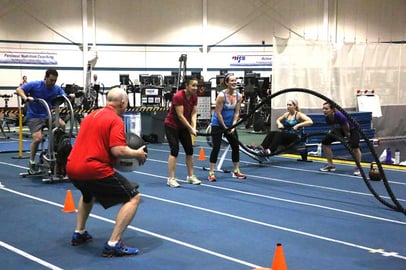 If you have ever participated in High Intensity Training (HIT), you will quickly discover what separates this style of workout from other popular styles you may know, like super sets or pyramid training. The main intention behind high intensity training workouts is that the workout will challenge your body to such a level of discomfort that its threshold or maximum capacity has no choice but to rise. Now don’t let the word “such a level of discomfort” scare you away; it’s the discomfort level that we all feel during exercise at some point, and of course you can push past it.
If you have ever participated in High Intensity Training (HIT), you will quickly discover what separates this style of workout from other popular styles you may know, like super sets or pyramid training. The main intention behind high intensity training workouts is that the workout will challenge your body to such a level of discomfort that its threshold or maximum capacity has no choice but to rise. Now don’t let the word “such a level of discomfort” scare you away; it’s the discomfort level that we all feel during exercise at some point, and of course you can push past it.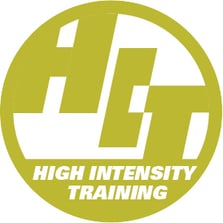

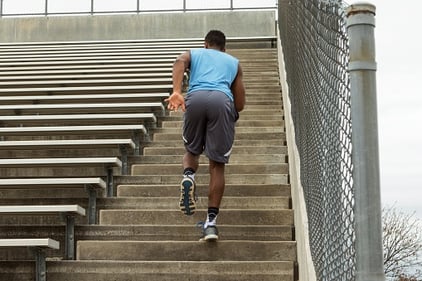 Summertime is in full swing, and whether you are a competitive or recreational athlete, changes are definitely happening to your normal schedule. For high school and collegiate athletes, more time is spent at home and for general fitness enthusiasts, more options are available to you to fulfill your exercise quota (in other words,
Summertime is in full swing, and whether you are a competitive or recreational athlete, changes are definitely happening to your normal schedule. For high school and collegiate athletes, more time is spent at home and for general fitness enthusiasts, more options are available to you to fulfill your exercise quota (in other words, 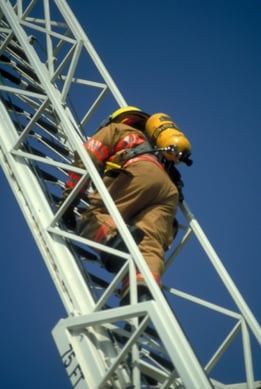 For just shy of a year now, NIFS has had the honor and privilege of assisting in the training of the
For just shy of a year now, NIFS has had the honor and privilege of assisting in the training of the 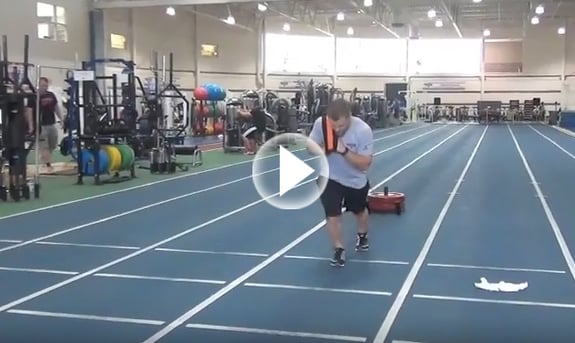
 In October 2014, Allison Griner decided to join
In October 2014, Allison Griner decided to join 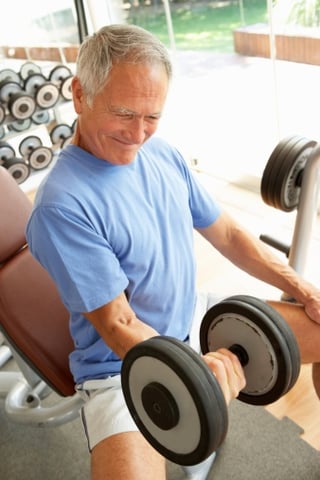 This is the final installment in my series on training for people 40 and over. Previously I’ve discussed
This is the final installment in my series on training for people 40 and over. Previously I’ve discussed 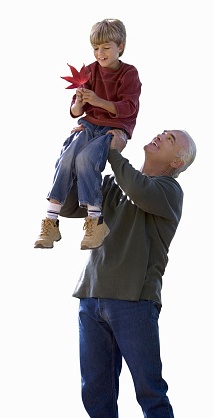 In earlier installments, I’ve talked about
In earlier installments, I’ve talked about 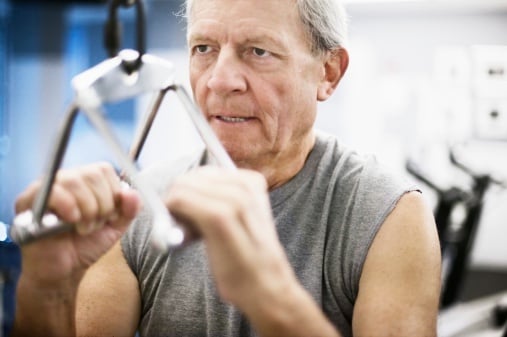 For many in this age group, other medical conditions seem to appear from out of nowhere. Theories for why range from genetics to reduction of stem cells, but the fact remains: unexpected conditions and diseases show up uninvited and certainly unwanted from about 45 and beyond. If you are in this age group and actively training, you need to know a lot more about your body, especially your age-related limitations.
For many in this age group, other medical conditions seem to appear from out of nowhere. Theories for why range from genetics to reduction of stem cells, but the fact remains: unexpected conditions and diseases show up uninvited and certainly unwanted from about 45 and beyond. If you are in this age group and actively training, you need to know a lot more about your body, especially your age-related limitations.